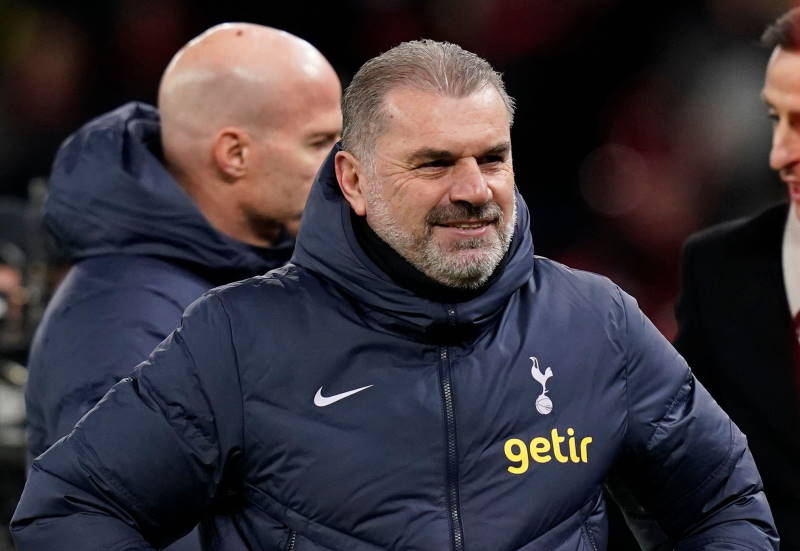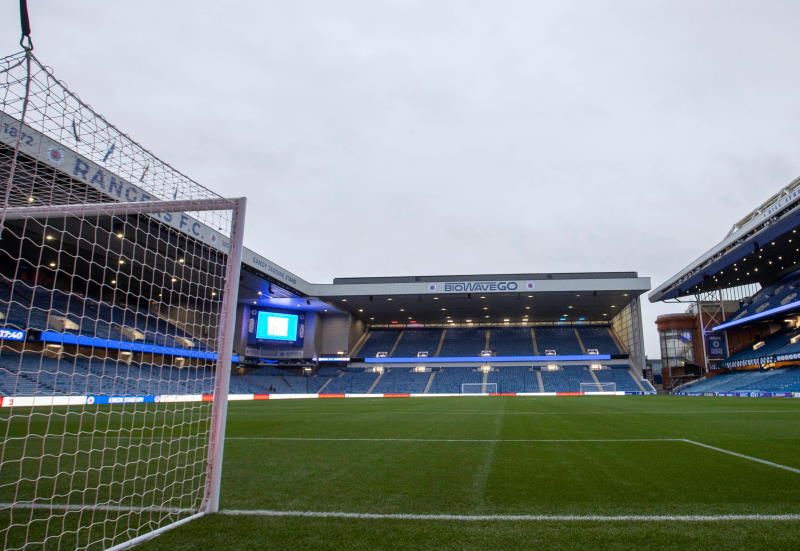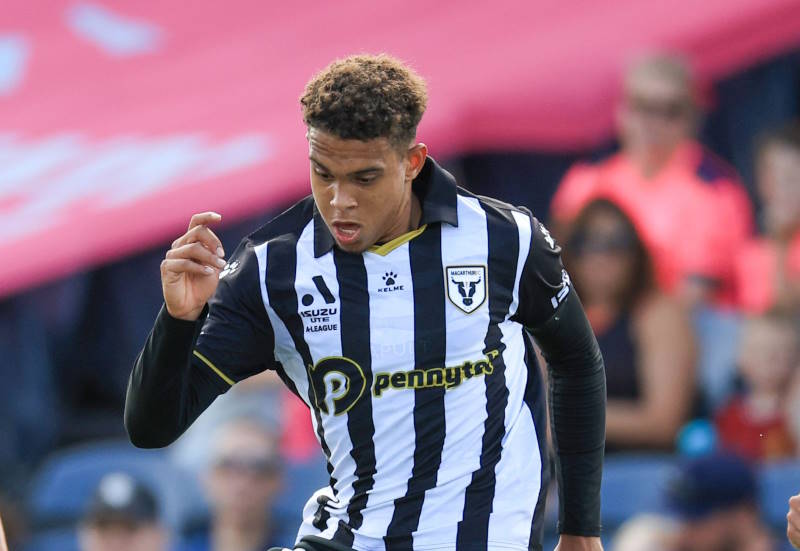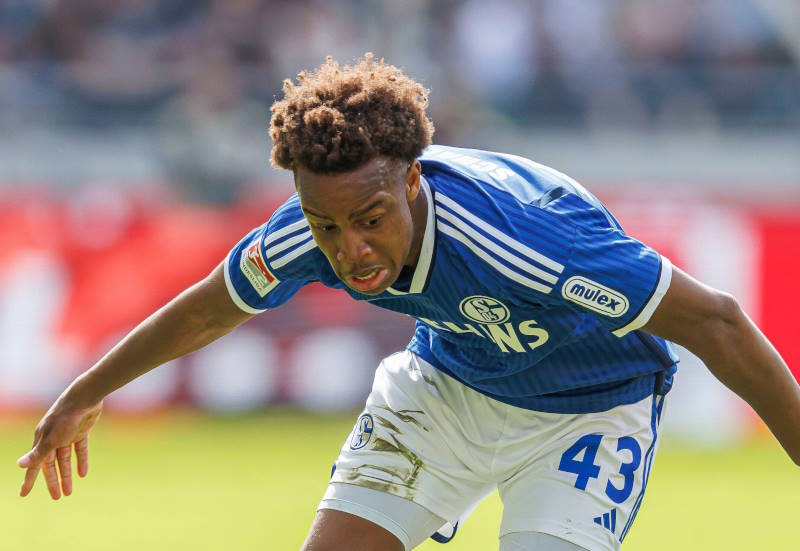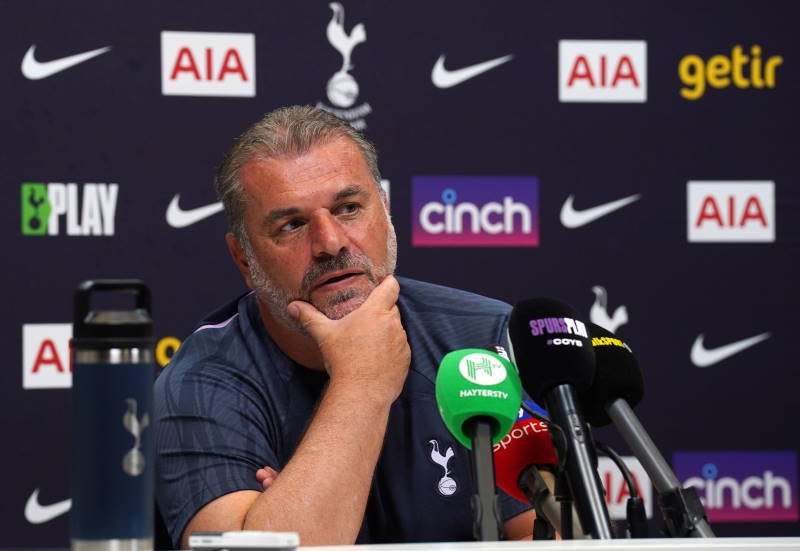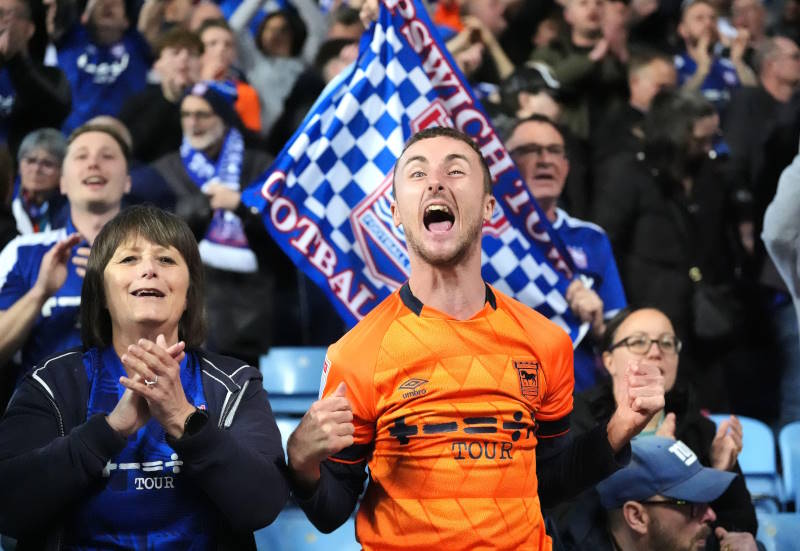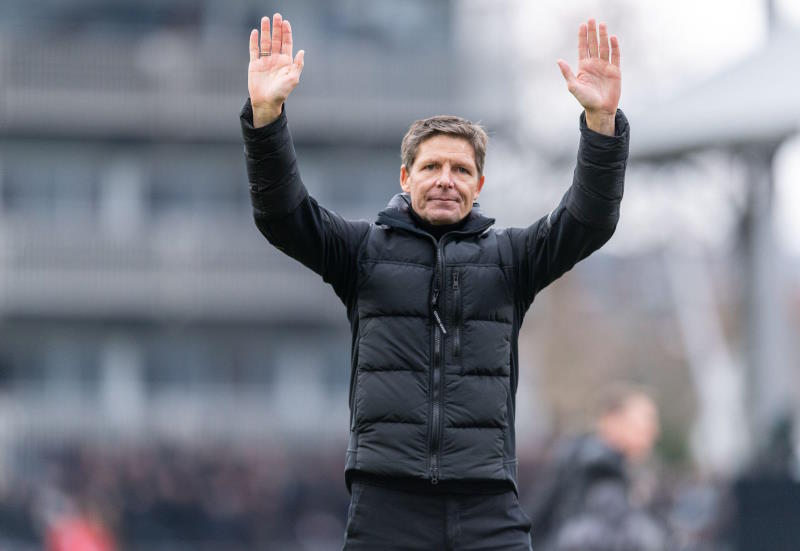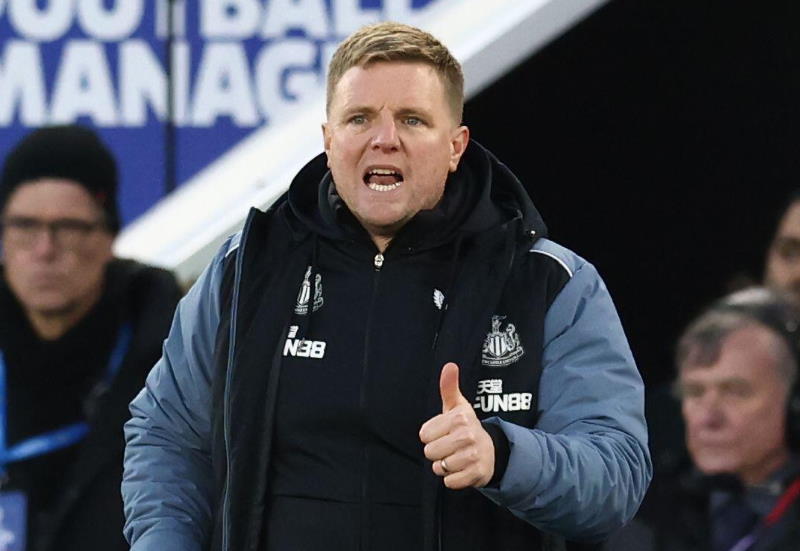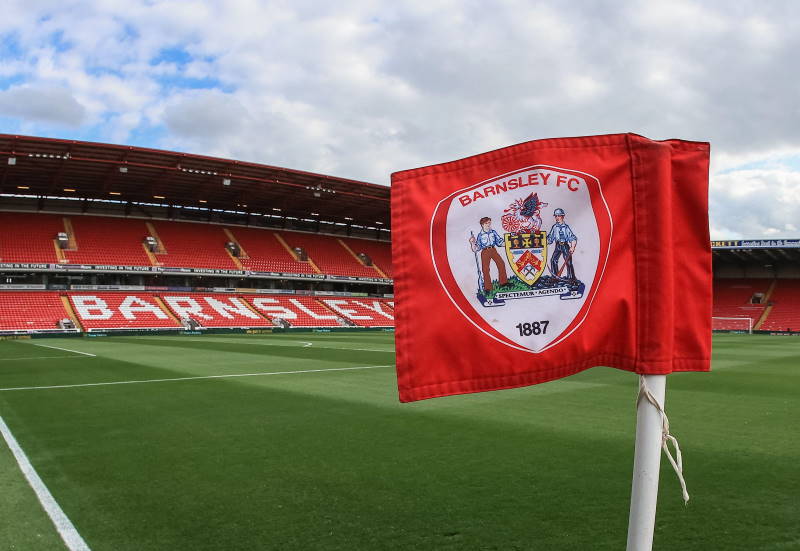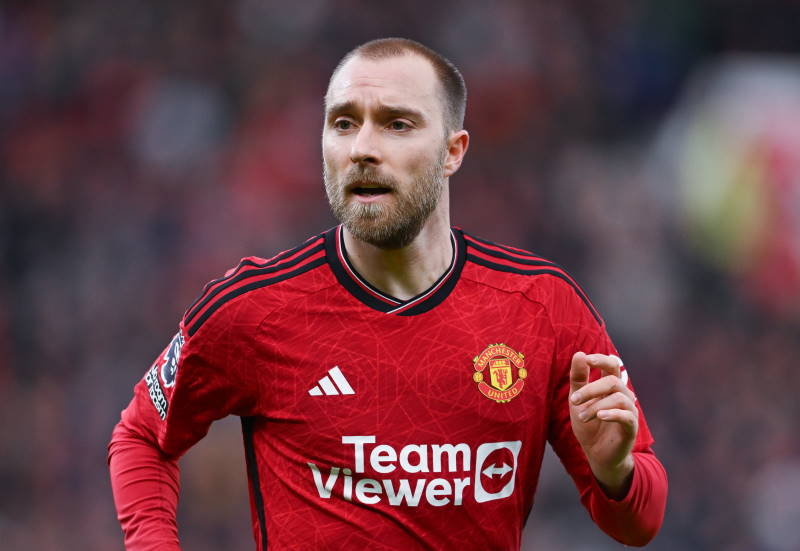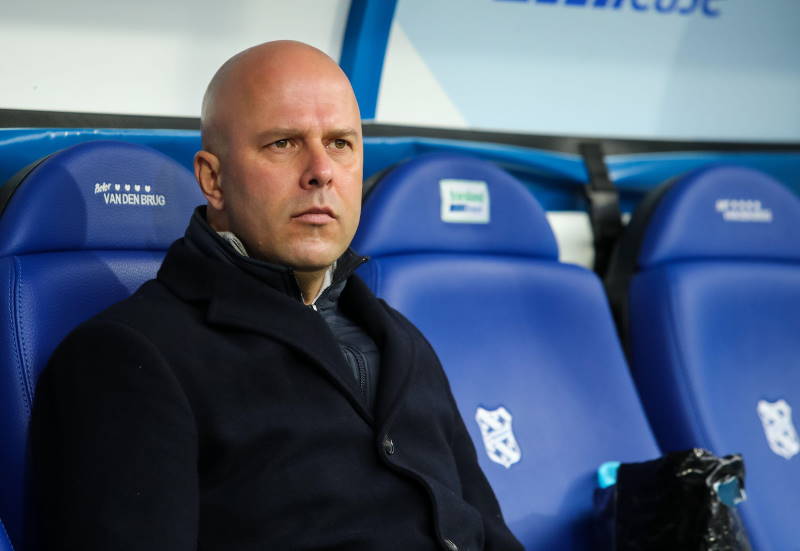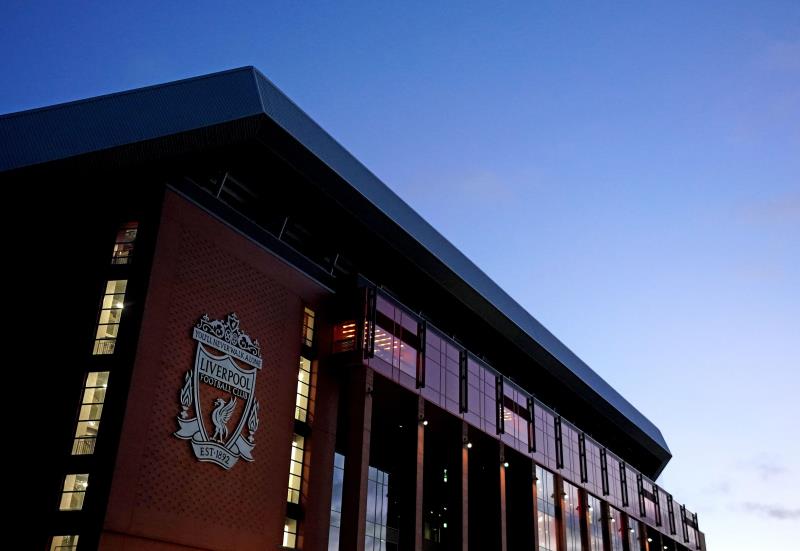
Nick Dorrington
It was in Montevideo, Uruguay that the South American qualifiers for the 2010 World Cup kicked off back in October 2007. Two years, forty matches, 232 goals and two aborted player strikes later, four teams have confirmed their place in South Africa. While those who failed to make it have a year and a half to regroup before their next competitive action, preparations must now begin in earnest for those who prevailed from the gruelling qualifying campaign.
Argentina were the only side to leave it until the final round of fixtures to secure their passage to the finals following a rollercoaster ten months under the tutelage of the mercurial Diego Maradona. Clear tactical deficiencies and some questionable personnel choices have marred his reign thus far and the constant chopping and changing is doing little to instil confidence in his charges.
That said, Argentina suffered similar issues in the build-up to the 1986 World Cup, with many home journalists writing off their chances as they boarded the plane for Mexico. It was only at the tournament itself that coach Carlos Bilardo – now technical adviser to Maradona – finally settled on a winning formula, bringing home the trophy to those same doubters six weeks later.
Maradona is enjoying a similarly fractious relationship with the media. His foul outburst following the final round win over Uruguay could yet land him a five-game touchline ban and he certainly has a fair few bridges to mend between now and next summer. More importantly, he needs to formulate a plan to get the best out of Lionel Messi – until now desperately disappointing during Maradona’s reign – if he is to have any hope of taking Argentina to glory in South Africa.
Marcelo Bielsa has already had his shot at World Cup success with Argentina. Having secured a return to the finals with Chile, he will hope for a far better showing than the group stage elimination that befell him in Japan and South Korea seven years ago.
Bielsa has shown continued faith in the 3-3-1-3 formation he utilised during his time in charge of Argentina, and with Chile has found the perfect mix of players to successfully implement his preferred tactic. His side’s heavy pressing, high-energy approach will benefit from the mild conditions of the South African winter and they are a decent bet to reach the last eight.
In leading his adopted nation to their first finals since 1998, Bielsa has garnered the respect and adulation of the Chilean public to the extent that there are a group of supporters keen to see him run for office at the next general election. Back in his homeland, the president of Newell’s Old Boys has put forward a proposal to name the club’s stadium after their former coach.
In the event that Bielsa’s name does adorn the stadium, one of the stands will be dedicated to another former Newell’s man who has successfully led his side to qualification. Paraguay coach Gerardo Martino was a integral part of Bielsa’s successful team in the early nineties and it is plain to see the influence that his former boss has had upon his own style of coaching.
Gone are the days of the overly-cautious Anibal Ruiz. Under Martino, Paraguay play a far more aggressive game, yet do so without sacrificing the strong defence that was such a hallmark of his predecessor’s reign. The midfield may be a little short on invention, but in Salvador Cabanas they have a small, stocky forward of considerable ability, able to dovetail effectively with either Haedo Valdez or Roque Santa Cruz up front.
Paraguay will be appearing at their fourth consecutive World Cup in South Africa and having led the qualification group for a fair chunk of the campaign will be hopeful of a strong performance. Their tournament ended in disappointment with an early exit in 2006 and thus reaching the knockout stage will be the minimum target for Martino and his charges this time around.
Ending the monopoly of Argentine coaches is Dunga, whose Brazil side topped the qualification group. They struggled in the middle of the campaign, relying on the incredible reflexes of goalkeeper Julio Cesar to avoid potentially embarrassing defeats to Colombia and Ecuador, but found their rhythm thereafter, winning five consecutive games to seal qualification ahead of the final round of fixtures.
Dunga’s Brazil are hardly a team for the aesthetes, but there is no doubting the efficiency of the football machine the 1994 World Cup winning captain has created. Their lopsided 4-2-3-1 is clinically effective against almost all opposition and it is difficult to imagine many sides having the necessary tools to overcome them.
The only ray of light for Brazil’s opponents could come from an injury to Kaka, so central is the Real Madrid attacking-midfielder to launching the swift counter-attacks that are an integral part of their armoury. There are few that could perform that role as effectively as he does and without him Brazil would be a completely different proposition.
Barring such an occurrence, one which none of us would wish for, Brazil will certainly be among the favourites to take home the title next summer.
Related Articles:
- – Should Brazil Ditch European League Model?
- – Roberto Carlos MKII: Dani Alves or Maicon?
- – Diego Maradona: Is He Fit to Manage Argentina?

